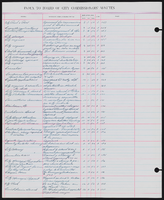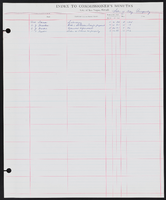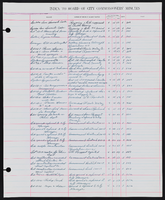Search the Special Collections and Archives Portal
Search Results
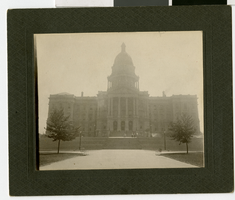
Photograph of a capital building, Salt Lake City, Utah, circa 1900s
Date
1900 to 1909
Description
A capital building in Salt Lake City.
Image

Film transparency of houses in Boulder City, Nevada, circa 1930s-1940s
Date
1930 to 1949
Archival Collection
Description
An image of houses in Boulder City, Nevada.
Image
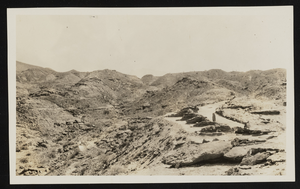
Ruins of the lost city of Saint Thomas, Nevada: photographic print
Date
1910 (year approximate) to 1930 (year approximate)
Archival Collection
Description
From the Chester R. Longwell Photograph Collection (PH-00311)
Image

Film transparency of the mountains near Virginia City, Nevada, circa 1940s
Date
1940 to 1949
Archival Collection
Description
The mountains near Virginia City, Nevada. Virga can be seen falling from the clouds. Like many cities and towns in Nevada, Virginia City was a mining boomtown; it developed virtually overnight as a result of miners rushing to the Comstock Lode silver strike of 1859 on the eastern slopes of Mount Davidson. But, Virginia City far surpassed all others for its peak of population, technological advancements developed there, and for providing the population base upon which Nevada qualified for statehood. The riches of the Comstock Lode inspired men to hunt for silver mines throughout Nevada and other parts of the American West. At its peak, Virginia City had a population of over 25,000 residents and was called the richest city in America. Dominated by San Francisco moneyed interests, Virginia City was heralded as the sophisticated interior partner of San Francisco. “San Francisco on the coast and Virginia City inland” became the mantra of west coast Victorian entrepreneurs. Early Virginia City settlers were in large part the backwash from San Francisco and the California Gold Rush, ten years before. Mine owners who made a killing in the Comstock mines spent most of their wealth in San Francisco.
Image
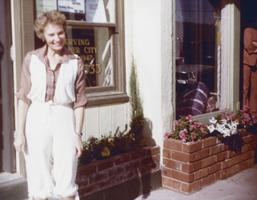
Photograph of Rainie Dunbar, Boulder City, Nevada, circa December 1981
Date
1981-12
Archival Collection
Description
Rainie Dunbar posing in front of a building in Boulder City, Nevada. Dunbar once worked for Elton Garrett.
Image
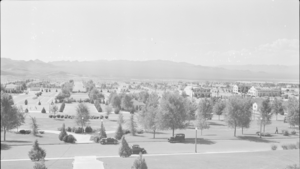
Film transparency showing streets of Boulder City, Nevada, circa 1933-1940s
Date
1933 to 1949
Archival Collection
Description
An image of cars, buildings, and landscape of Boulder City; the Boulder Dam Hotel, located at 1305 Arizona Street, can be seen in the background across the road from a building sign advertising "free Boulder Dam motion pictures".
Image
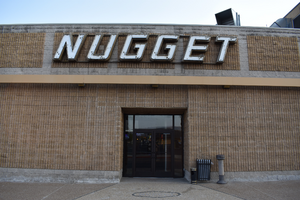
Carson Nugget wall mounted sign, Carson City, Nevada
Date
2020
Archival Collection
Description
View of a wall mounted sign for the Carson Nugget reading "Nugget" with unlit neon.
507 N Carson St, Carson City, NV 89701
Image
Pagination
Refine my results
Content Type
Creator or Contributor
Subject
Archival Collection
Digital Project
Resource Type
Year
Material Type
Place
Language
Records Classification

